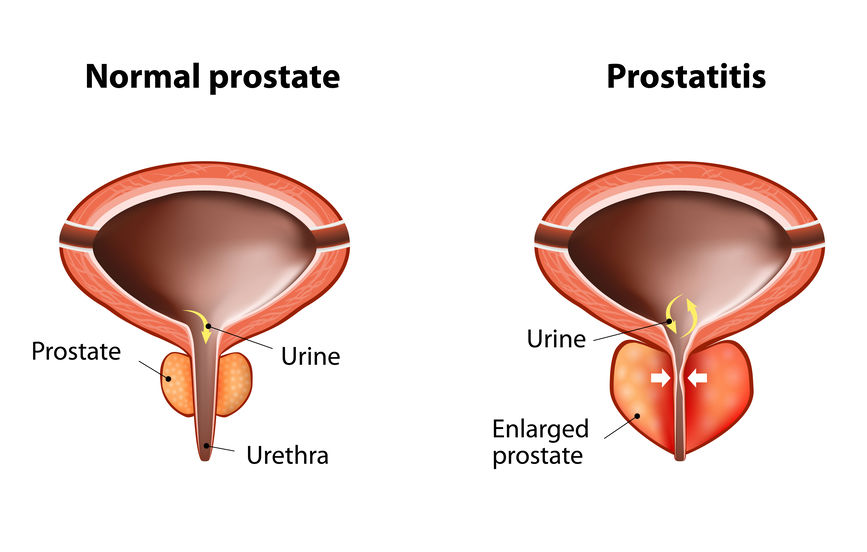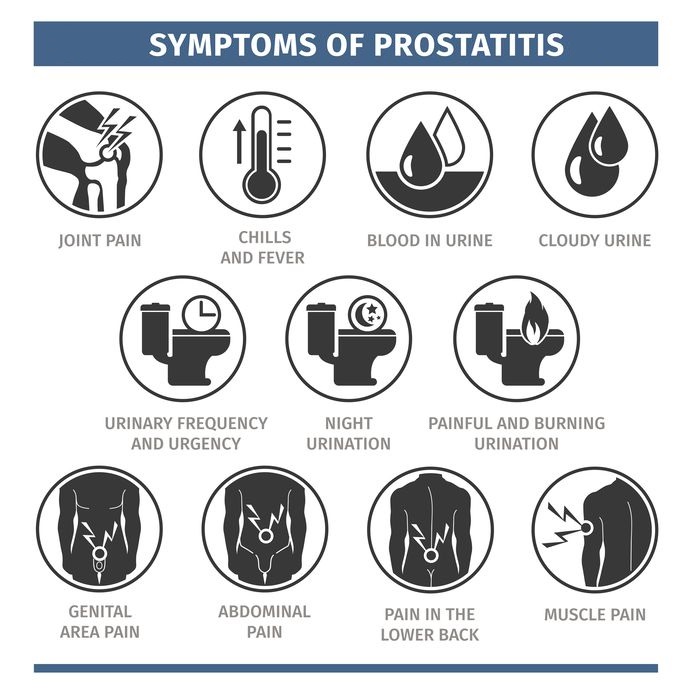Erectile Dysfunction and Prostate Hyperplasia

Since in previous blog articles we have already discussed the topic of erectile dysfunction (ED), to begin with, we will give some general concepts of prostatic hyperplasia.
The prostate is a walnut-shaped gland located around the upper part of the urethra (the final conduit that carries urine and semen to the outside) just at the exit of the bladder, and it is mainly responsible for producing the prostatic fluid, one of the many components of semen. It also produces prostate-specific antigen, a substance that contributes to the liquefaction of semen, facilitating the mobility of sperm and therefore, fertility.

This gland begins to grow during puberty and stops when you get older, however, on many occasions the cells that make up this gland grow more than usual and what we commonly know as BENIGN Prostatic Hyperplasia (BPH) occurs (that is, there is no malignant process involved). This disease is the most prevalent benign tumor in men over 50, affecting 40% of men over 50 and 90% over 90. It is usually diagnosed incidentally during screening tests for prostate cancer, such as rectal examination, and the presence of symptoms such as: difficulty in initiating urination, weak or intermittent stream of urine, dribbling after urinating from a non-emptying bladder, increased frequency of urination, urge and stress incontinence, and it can also affect sexual performance by reducing the time of sexual activity, rigidity, and the amount of semen, generating pain, discomfort, or unpleasantness. All these symptoms are the result of the obstruction produced by the enlarged gland in its location in the urethra.

Having clear the previous concepts, now we can talk about how these two pathologies, so annoying and that diminish the quality of life of men, are related. Despite the fact that most adult men suffer or will suffer from BPH, there is still no clear cause for this phenomenon; however, risk factors that predispose its appearance have been identified, such as age, atherosclerosis, arteriosclerosis, ischemia or neuropathies, many of which are derived from chronic, non-transmissible diseases resulting from poor health habits throughout life, we talk about diseases such as diabetes, hypertension and obesity. Eventually, when we inquire into the risk factors for developing BPD, we are surprised that they are often the same and that it is not unusual to identify a history of BPH symptoms in patients who consult for BPD.

Results from multiple studies affirm that these two diseases could have a common underlying cause, a decrease in blood flow, often explained by the risk factors already mentioned that can generate atherosclerosis, a pathology in which the arteries harden and decrease in caliber, their main cause being the accumulation of fat that is formed within them, generating processes of inflammation and scarring.
Finally, since the main cause of ED in people over 50 years of age is arterial vascular injury, and since ED itself is a sign of white-organ damage from atherosclerosis that comes to light with damage to the arteries that supply the penis during erection, we must always bear in mind that ED is only a premonitory sign of something worse in the future, such as a heart attack or a stroke; Therefore, in every patient with ED, the possibility of injury to other organs and the metabolic risk of developing one of these events must be evaluated.
You can read the original article here.
Related articles








One thought on “Erectile Dysfunction and Prostate Hyperplasia”